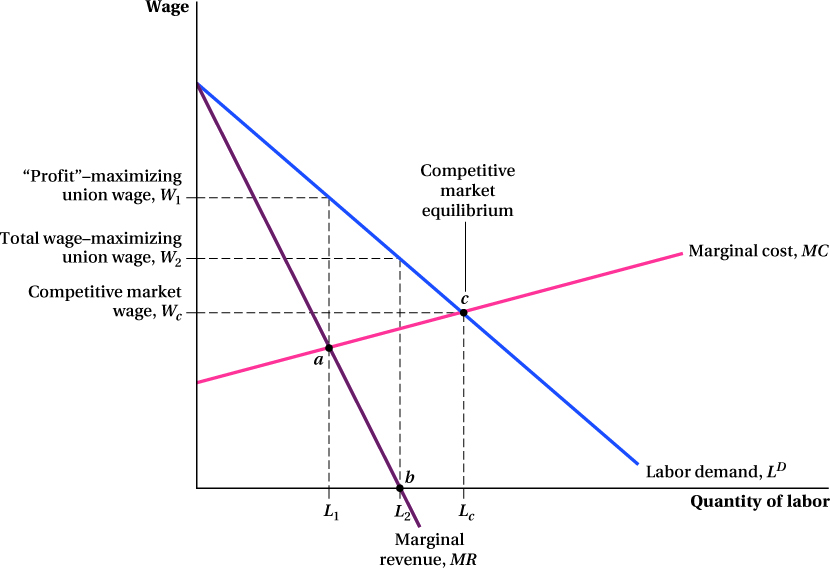
FIGURE 13.12 A Union’s Labor Supply Decision
If, like a typical profi
t-maximizing seller with market power, the union aims to maximize total “profit” for union members, it will supply the quantity of labor L1 at point a, where the marginal cost curve and marginal revenue curve intersect. At this quantity, the wage will be W1, the wage indicated by the labor demand curve, LD. If the union instead aims to maximize total wage earnings, it would sell at point b, where the union’s marginal revenue equals 0. At this point, the quantity of labor supplied would be L2 and the wage would equal W2. Point c represents the competitive market equilibrium, where the labor demand and marginal cost curves intersect. The competitive market wage is WC and quantity of labor is LC. Thus, regardless of the union’s goal, it will supply a smaller quantity of labor to the market at a higher wage than in the competitive equilibrium.
